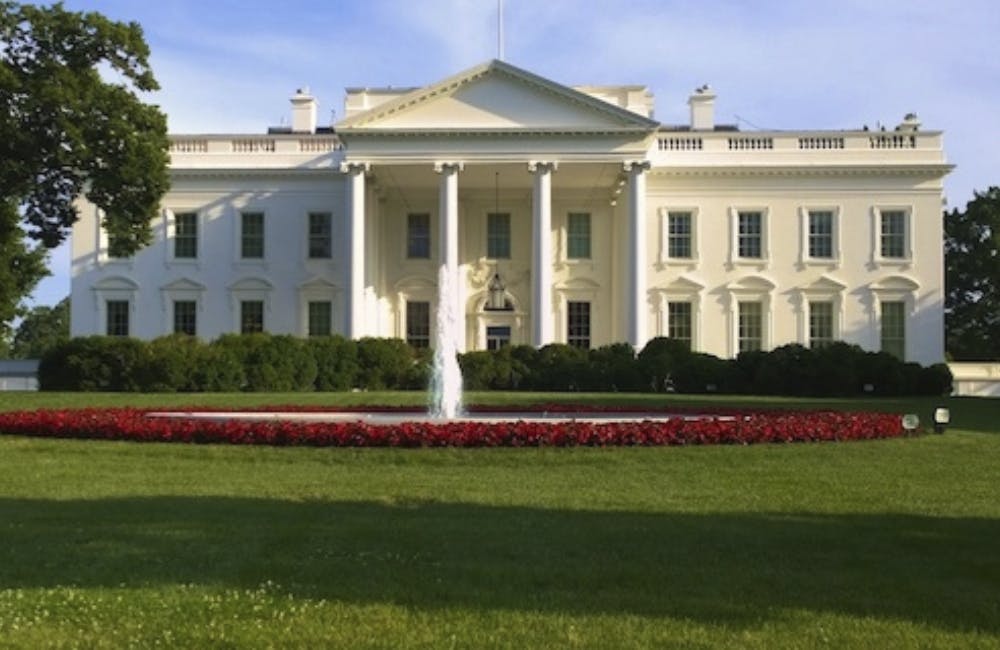Overseas Conflicts Spur NATO Tech Transitions
Modern battlefields in cyberspace have pushed the alliance to adopt new technologies and partnerships.

The nature of the global battlegrounds in Israel and Ukraine have propelled NATO into the “most profound political and military transition since the end of the Cold War,” according to a senior NATO official.
To approach these new flashpoints, the alliance needs to retool itself to cope with the current “unpredictable, volatile and … dangerous security environment,” the official told reporters during a Defense Writers Group session. Reporters were told the official’s name could not be used in this story.
This reality is why the Pentagon is increasingly prioritizing software advancements amid adversaries becoming more sophisticated within cyberspace.
The official said the alliance has been looking toward innovation in technology to help it achieve its security goals, including laying out guidelines for AI adoption as it did in its 2021 Artificial Intelligence Strategy, and also through the Defense Innovation Accelerator for the North Atlantic (DIANA). DIANA’s work pulls together academia, the private sector, government and the military at Transatlantic innovation centers to support startups and early innovators in creating emerging technology, such as intelligence-gathering sensors.
Another part of NATO’s retooling is increasing defense spending from European nations and Canada in the alliance. Since 2014, Canada and NATO’s European contingents have committed an additional $450 billion-plus in defense spending. Integral to this increase has been using NATO to aggregate demand and build stronger relationships between member states and the defense industry.
“We are no longer in a security environment in which you can only focus on one threat or one theater,” the senior official told GovCIO Media & Research. “You have to have that multiple focus and really understand that those theaters, those threats, are interconnected. In that sense, we look at the increasing strategic alignment between [China], Russia, Iran. And we are drawing the conclusion that you just cannot focus on one.”
The senior official said that support for Ukraine is on more stable financial footing as the burden of financial, humanitarian and military support has trended toward being better shared between the U.S. and European Union. NATO has provided Ukraine with non-lethal assistance, including fuel, medical supplies, defensive protective equipment, anti-drones and jammers.
“NATO is a platform. It is utilized by our allies to build that shared threat assessment, to share information about the developments on the battlefield, to get that situational update on a weekly basis, so that we are really all on the same page,” the official said. “That’s exactly how NATO is intended to function.”
This is a carousel with manually rotating slides. Use Next and Previous buttons to navigate or jump to a slide with the slide dots
-

Modernizing Data for Operational Efficiency
USPS, NIH and Pure Storage discuss their data modernization strategies to prepare for artificial intelligence.
36m watch -

White House Releases New Memos on AI Acquisition, Innovation
The White House unveiled new guidance on AI acquisition and innovation since replacing the Biden-era executive order earlier this year.
4m read -

AI for National Security Applications
Army, DIU and Maximus leaders explain how they’re navigating the shifting tech and budget landscape to adopt AI and remain competitive on the future battlefield.
30m watch -

Cyber Officials Target AI Efficiency, Acquisition Amid New Memos
AI can add efficiencies to the acquisition process as adversaries leverage the technology to advance cyber attacks.
5m read








